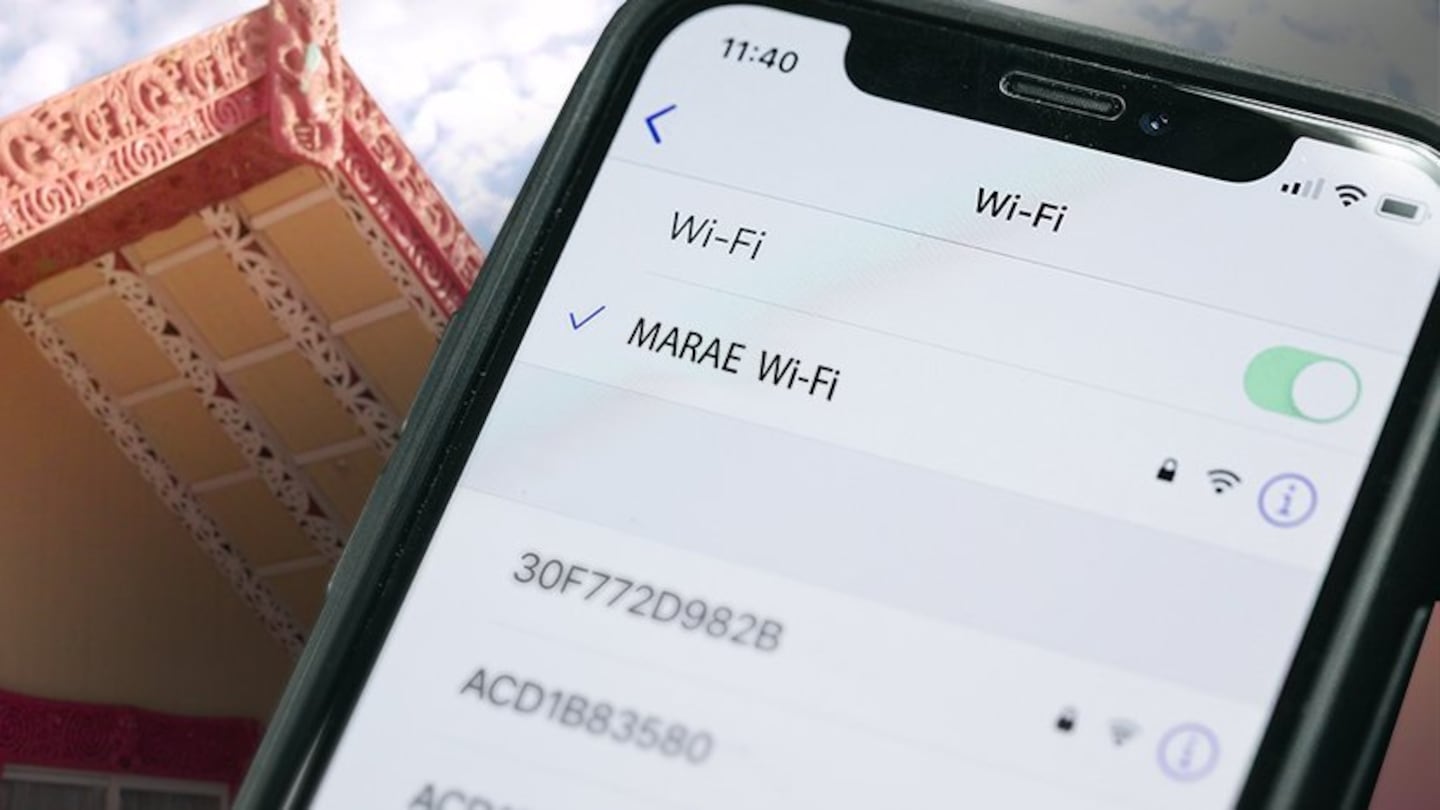Marae have proven time and time again, particularly in recent years, to be a crucial element in the response to emergency situations, particularly natural disasters.
But Cyclone Gabrielle has exposed the weakness in the telecommunications infrastructure which has led to calls for marae to be connected, and future-proofed, to ensure marae can keep communications up during the immediate aftermath of a devastating disaster.
Internet NZ chief executive Viven Maidaborn says as regions such as Te Tai Rāwhiti and Hawkes Bay rebuild following Gabrielle, the connectivity of marae should also be a part of the conversation.
"Two things failed about the internet during this disaster for most places. One was power and the other was the wires or the fibre that takes the internet connection to a place.
"I was reading a post on our membership channel and a member said, 'When someone goes out in a boat, they're required to have two forms of communication, that's the rules. But with our internet, the big telecom providers aren't required to provide two ways to get that internet signal to a place. So if the fibre washes away with the bridge, or if the banks of a river fall in and breaks it then it's gone."
Starlink sourced for Te Tai Rāwhiti
In the wake of Gabrielle money was raised for Te Tai Rāwhiti communities to source more than 30 Starlink satellite systems for distribution to some of the hardest-hit parts of the isolated region.
Connecting marae to the internet is a kaupapa that the interim Māori Spectrum Commission chief executive Antony Royal has been pushing for some time.
Royal says building a resilient communications system, however, for marae will take more than just supplying hardware. He says ensuring power supply and knowledge of how to run the system will be vital.
"There are opportunities for us to think about doing that. But it's not a simple task. There's a whole range of things that need to be considered.
"Cost is definitely a factor. This is an investment that needs to happen, and in my view, probably an investment that the government alongside communities should be putting in place. Technology plays a big part in all of this because there are quite a number of different technologies that are here today or are coming that can help reduce the cost or improve the service."
Phone to satellite
Royal earlier this week arrived back in Aotearoa from the World Mobile Congress in Barcelona, Spain. He says he encountered a lot of new technology systems that will be coming online in the near future that will allow significant advances in connectivity, particularly in rural areas.
"We saw a lot of work that's going into satellite, delivering connectivity, direct from satellite to mobile phones. That was a technology that will be here in the next couple of years. So you don't necessarily have to have a satellite receiver, you can use your smartphone to connect to a satellite. And that will change connectivity in rural areas tremendously."
Managing the system, and prioritising access to emergency response personnel will remain the biggest challenge, he says.
Maidaborn says Māori, and marae communities need to be consulted about what would be required for them to be supported to be communication hubs as part of first response efforts.
Specific role for marae?
"There is bound to be a big review of what happened with Cyclone Gabrielle, and partly the reason I'm asking these questions is so that as Internet NZ, we can hear what people think and feed that back to the government. So a key question is should Māori have a specific role, as they already do in many ways for communities when there is a disaster, and the double communication method should be considered."
Many marae are already connected to the internet.
Since 2019, more than 600 marae have been connected to the internet through the Marae Digital Connection Programme funded by MBIE and administered by Te Puni Kōkiri. A further 61 marae are at various stages of getting connected through the programme.
Te Puni Kōkiri deputy secretary, regional partnerships and operations Paula Rawiri says improved digital connectivity through marae helps whānau stay in touch and supports hapori as the anchor point to stay connected and undertake economic activity.
"We are currently working closely with other agencies to identify the marae that were recently affected by Cyclone Gabrielle and may need support to repair or replace marae digital connectivity services and equipment."



